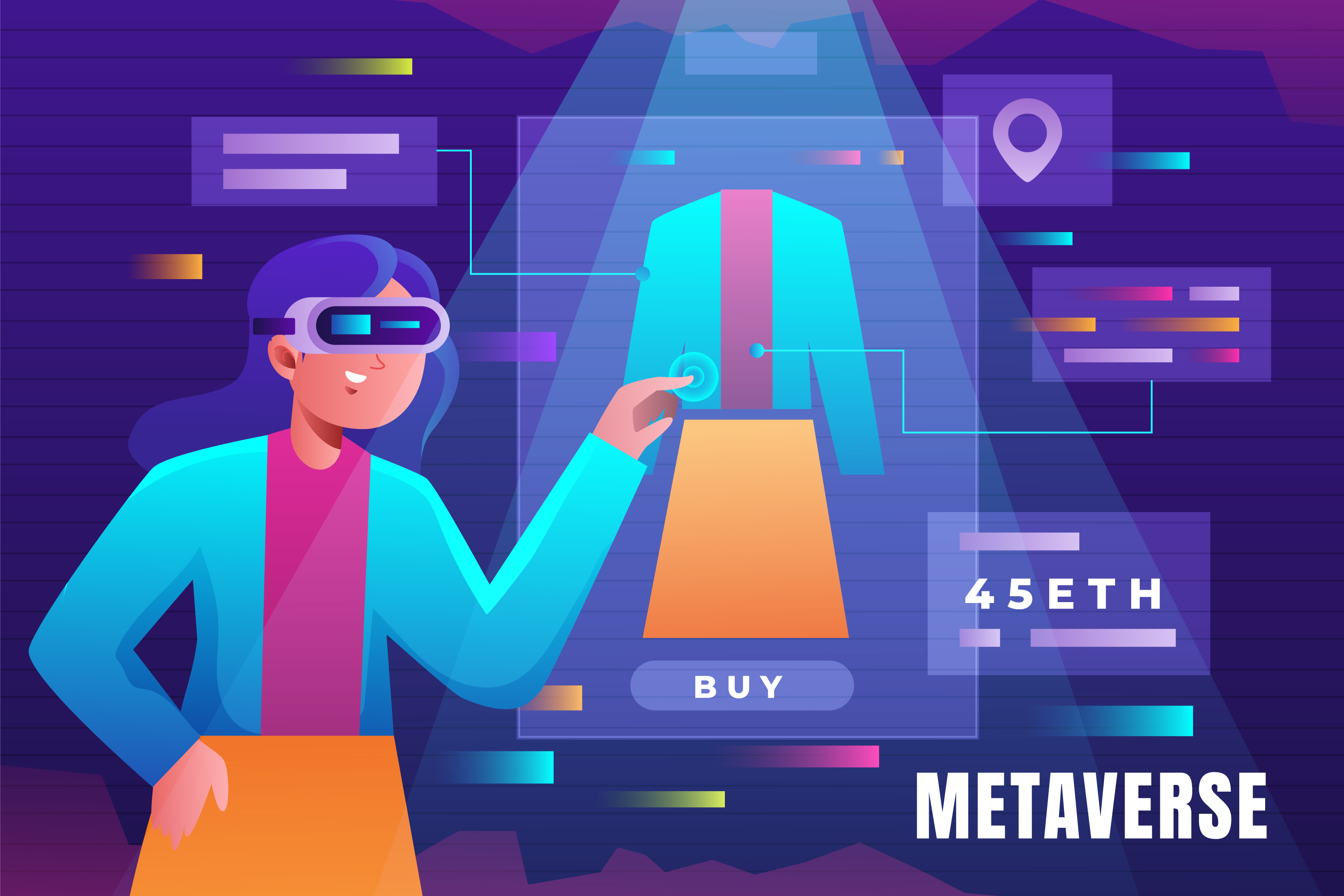
How AR/VR Transforms B2B Product Demonstrations
Introduction
In the fast-evolving landscape of B2B marketing, the ability to showcase products in a dynamic, engaging, and interactive manner is critical. Traditional demonstrations like brochures or in-person demos no longer suffice for tech-savvy buyers. Augmented Reality (AR) and Virtual Reality (VR) transform product demos into immersive experiences that give companies a competitive edge.
1. Immersive and Interactive Product Exploration
AR/VR enables prospects to virtually interact with products. With VR headsets or AR-enabled devices, users can explore 3D models of complex machinery, zoom into details, and see operation simulations. AR lets customers place virtual products in their physical space, deepening understanding and engagement.
2. Cost-Effective and Scalable Demonstrations
Traditional demos involving heavy equipment incur travel and shipping costs. AR/VR eliminates physical constraints, allowing multiple clients worldwide to access virtual demos simultaneously. These reusable, updatable demos become long-term assets that scale globally without added expense.
3. Enhanced Customer Engagement and Retention
Interactive AR/VR demos captivate users longer than static presentations. Immersion helps clients visualize product fit within their operations, boosting confidence and conversion rates by delivering memorable, hands-on experiences.
4. Real-Time Customization and Personalization
AR/VR demos support on-the-fly customization. Clients can tweak configurations, colors, and features in real time, visualizing personalized solutions. For software demos, users can interact with features and integrations, aligning demos directly with prospect needs.
5. Remote Access and Convenience
With remote and hybrid work norms, AR/VR enables high-quality virtual demos without travel. Stakeholders can join from anywhere, reducing logistical barriers and speeding decision-making by delivering consistent, on-demand demo experiences.
6. Data-Driven Insights and Analytics
AR/VR platforms capture user interactions—tracking features viewed, time spent, and points of hesitation. These analytics spotlight customer preferences and pain points, guiding product improvements and refining sales strategies.
Conclusion
AR and VR revolutionize B2B demos by offering immersive, scalable, and customizable experiences that engage customers and drive conversions. As these technologies mature, early adopters will stand out, capturing buyer attention and closing deals more effectively in a competitive market.
